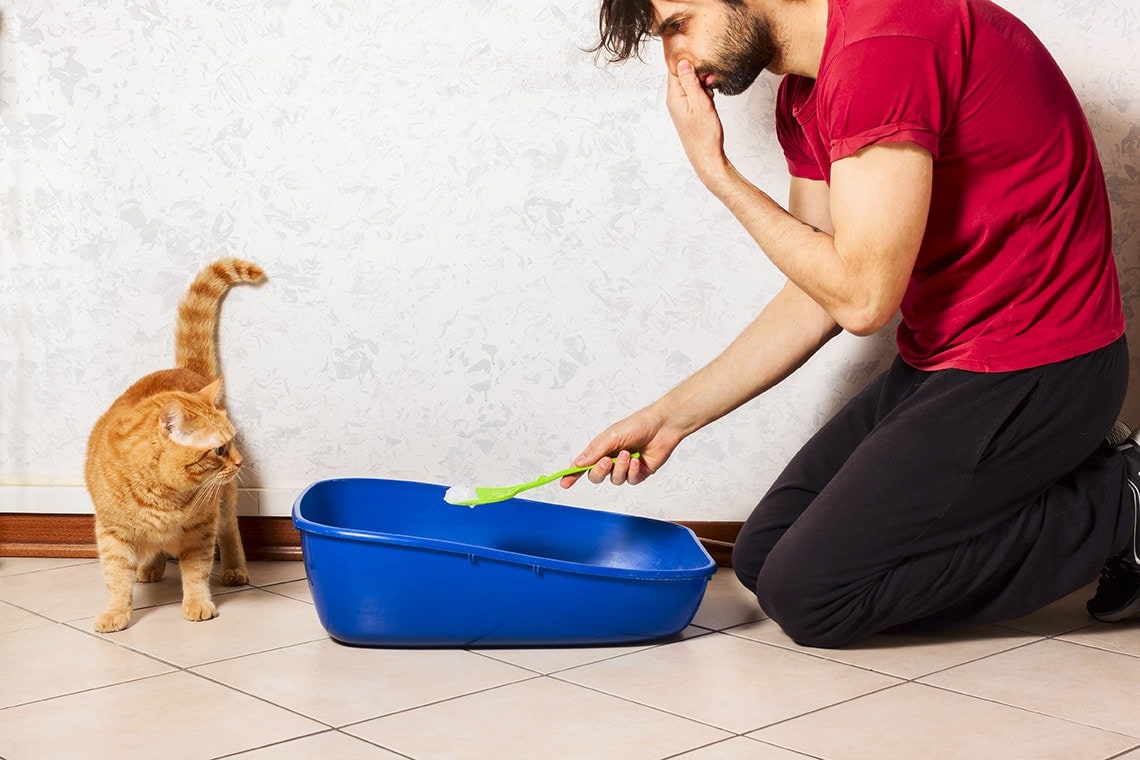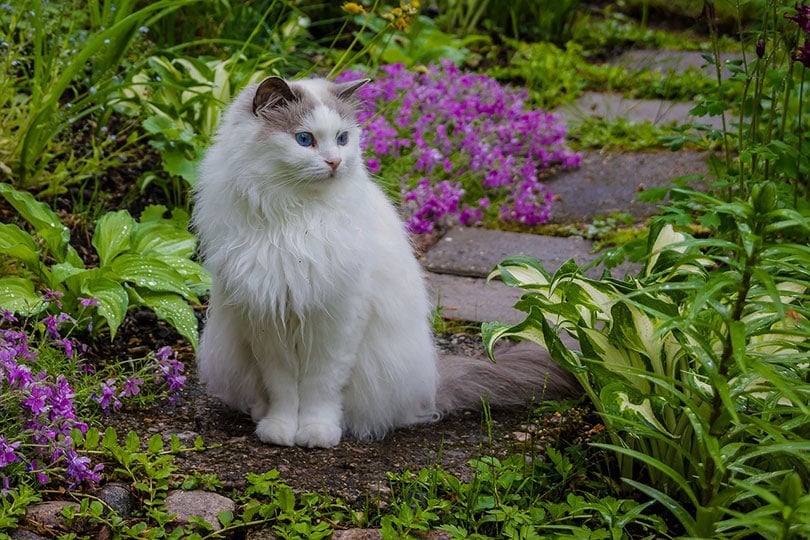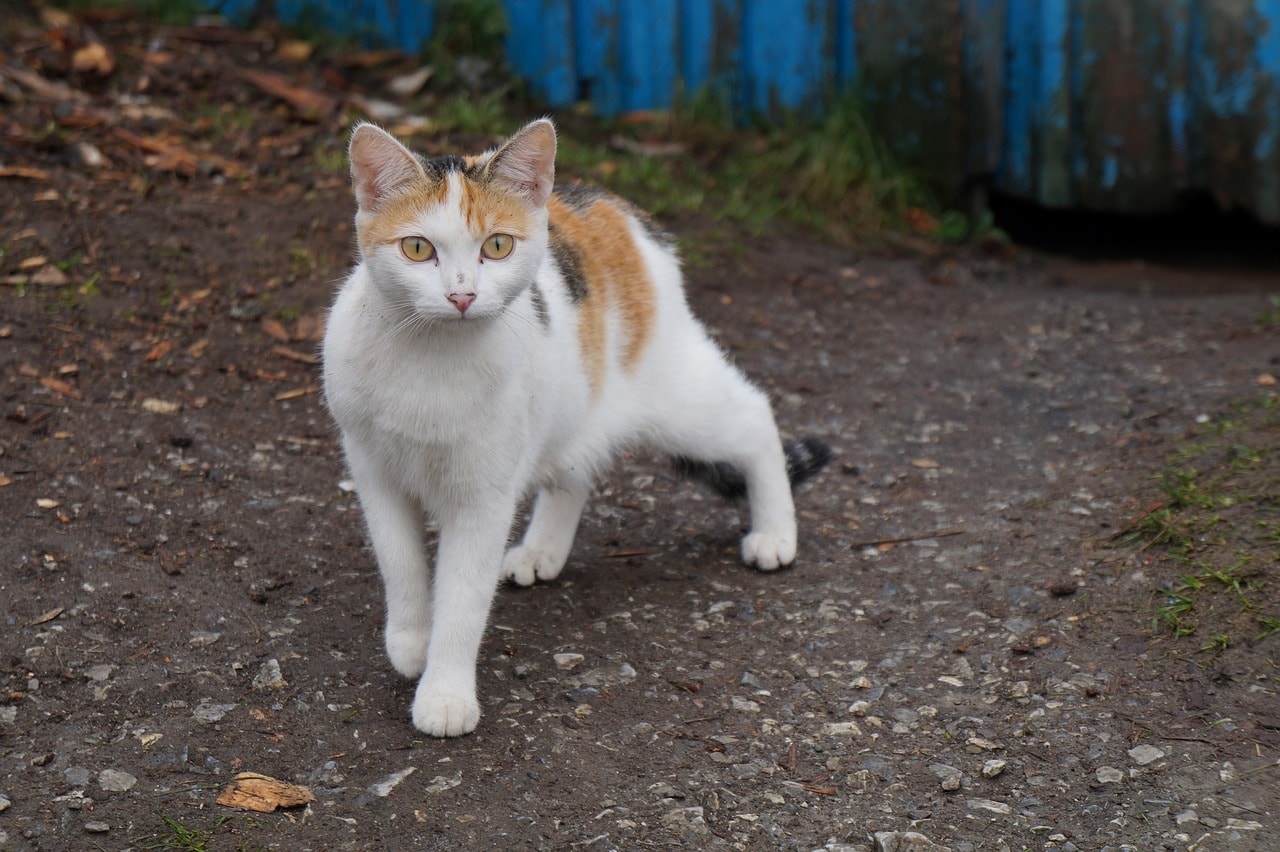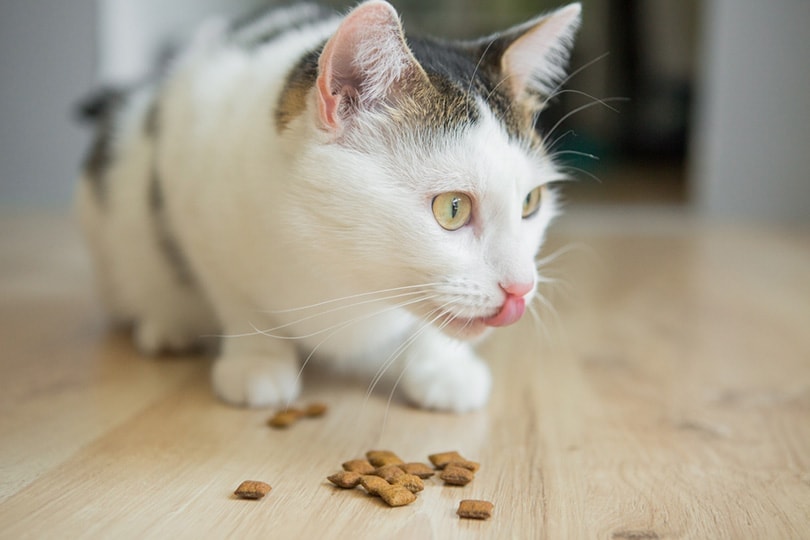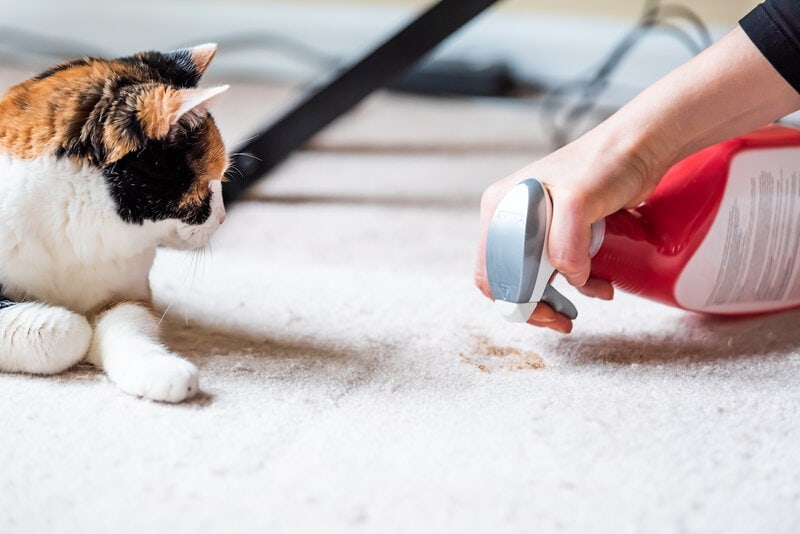A pungent smelling cat litter tray is unpleasant for your cat as well as you, and especially for visitors that aren’t used to the smell. There may be several reasons that your kitty litter does smell, and, naturally, there may be some odor for a short time. But there are ways that you can minimize the aroma for the benefit of you, other residents, and the cats.
Below are eight methods you can use to help get rid of a bad cat litter smell.
8 Tips to Get Rid of Cat Litter Box Smell:
1. Scoop More Often
The average cat will usually poop once a day and urinate three times a day, but it can be more or less than this depending on various factors. If you have multiple cats, then you obviously have to multiply this by the number of animals you have.
This means that your cat will visit the litter tray four or times a day, giving four or five opportunities for a pungent smell. While it might not be practical to skim the litter every single time your cat goes for a pee, if there is a bad smell coming from the litter tray, increase the number of times you scoop so that you are scooping at least once a day and ideally twice or more.
2. Change Litter
Some litters are more effective at odor control and odor masking than others, although the vast majority will claim to be the best.
Clay litter clumps quickly, and this can trap any smell inside the clump before it is allowed to pass around the room. However, it isn’t always the most effective, and you can buy clay litters that have additional perfumes and other ingredients designed to reduce the smell of urine, feces, and ammonia.
If the clay isn’t working, try some natural solutions like corn or wheat. These have a natural scent that can further improve the smell around your cat litter trays.
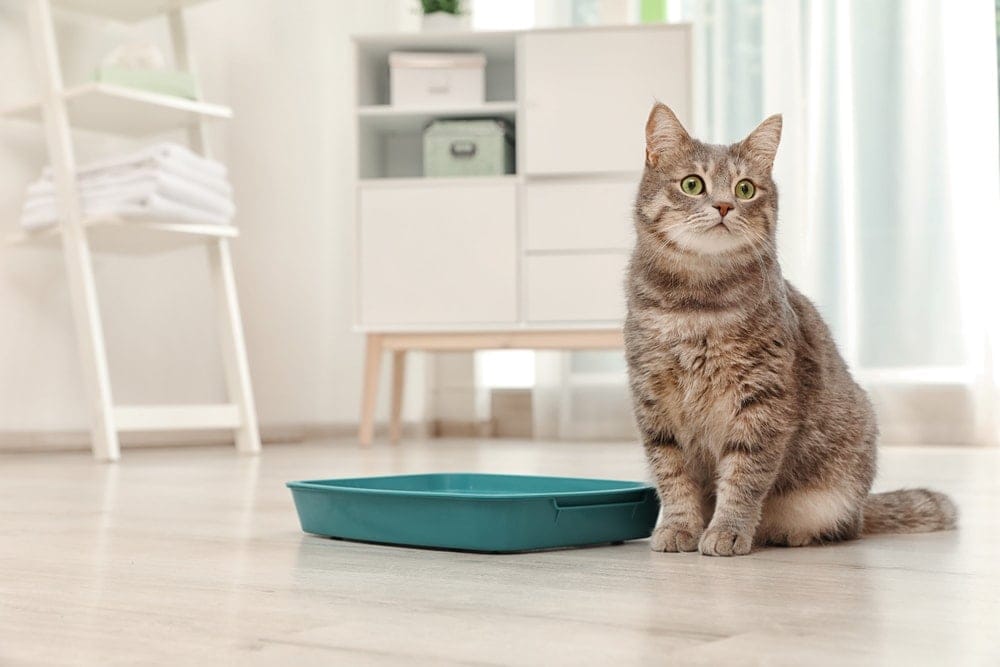
There are even some cat litter companies that have partnered up with air freshener companies and have made highly scented litters. These won’t be to everyone’s liking, but they could mask the scent of cat wee or poop.
3. Sprinkle Baking Soda
Baking soda is non-toxic, which means that it is perfectly safe for use with cats and in their litter trays. In fact, it is added to some commercial cat litters with the sole purpose of naturally and gently getting rid of bad smells.
Baking soda does not mask odors, but actually neutralizes many of the acidic smells. One of the strongest smells in a cat litter tray is that of ammonia, and baking soda can do a good job of reducing this aroma.
It is worth noting that sprinkling baking soda should not stop you from changing litter and cleaning the tray, however, but it will work especially well in conjunction with these daily tasks.
4. Ventilate the Area
Litter trays should be placed in a well-ventilated area. It may be tempting to put the stinky litter tray in a corner of the garage or under the stairs, but these places rarely have good ventilation and this allows the aromas to linger. They settle on surfaces and get into materials which makes them even harder to shift.
Another issue with placing litter trays out of the way is that you may forget to clean them until you see them again.
While you may not want a litter tray right in the middle of the living room floor, consider placing them under windows in popular rooms. You won’t forget about them, and the open window should allow at least some of the aroma to vacate.
5. Wash the Tray More Often
Most modern cat litters afford some degree of skimming or scooping, negating the need to completely swap out the litter every day.

This scooping is great because it makes it easier to manage the litter tray and it also makes it more affordable than having to keep dropping three inches of litter in the tray. However, you should still be replacing the litter every week or so, and when you do, use this as an opportunity to rinse out the litter tray with warm soapy water.
Ensure it dries fully before you add more litter, but this will help get rid of any stubborn and caked-on stains. If you are having a particular problem with litter smell, increase the frequency at which you clean the litter trays.
6. Introduce More Litter Trays
You can also add more litter trays to your home. If you have too few trays, it means that the litter itself is likely being overloaded with urine and feces. It also means that your cats are pushing the litter around and agitating any solids or liquids that have settled in the litter.
It is generally advised that you have one litter tray per cat, plus at least one extra, but you can add extra trays to ensure that your cats have enough toilets for regular use.
7. Try Kitty Liners
Kitty litter liners are fabric or tissue-type liners that sit at the bottom of the litter tray. They absorb urine and there are natural as well as scented liners. At the very least, these liners make it easier to clean and manage litter trays, without having to empty and wash them out too frequently.
As with cat litter, some liners have been scented with air freshener, and that can help to mask the smells that typically ruminate from a cat litter box.
8. Check Your Cat’s Diet
There could be a dietary cause of bad smells and pungent aromas. If your cat is sensitive to certain ingredients, or has a food allergy and is being forced to eat these foods, it could be causing loose and smelly stools. Some foods may even increase the pungent aroma of your cat’s urine.
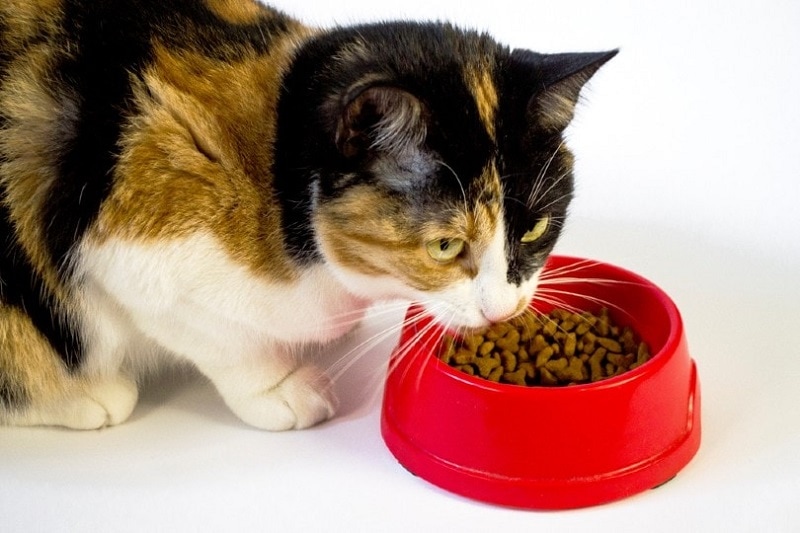
Try a sensitive stomach food, or consult with a veterinarian or pet nutritionist, who will be able to look at your cat’s diet, determine if any improvements can be made, and will be able to advise of the best types of food to give your cat.
Even making a gradual change from wet food to dry food could help to reduce the smell that comes from the cat litter tray.
Getting Rid of the Litter Box Smell
Cat litter trays do a vital job in your home and for your cat, but they can smell, especially if they are not scooped or cleaned often enough. A poor or inappropriate diet can also cause bad smells, while illness may lead to loose and smelly stools.
Above, we have highlighted eight possible causes of a bad litter tray smell and some of the steps that you can take to help combat this potential problem. Always start with the litter tray and the litter itself, because these represent the simplest changes, but do keep an eye on your cat to ensure that he is not showing symptoms or signs of illness in the meantime.
Related Read: What to Do With a Cat During a House Showing?
Featured Image Credit: xamnesiacx84, Shutterstock

